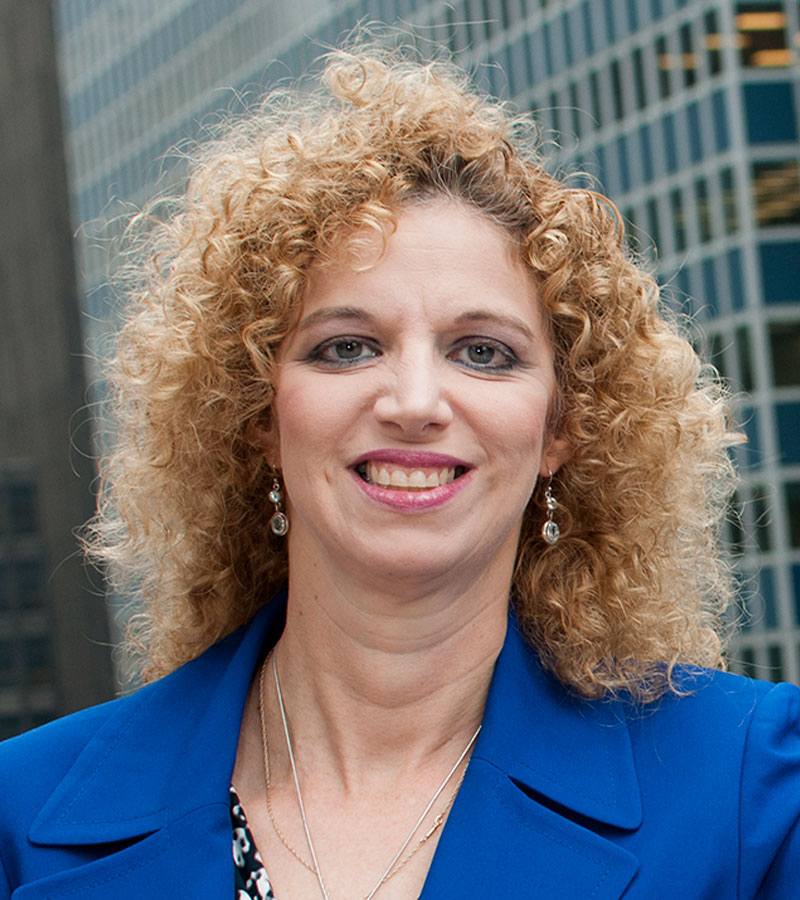Today … and Tomorrow
Is it me or does technological evolution seem to be speeding up? In addition to the usual flow of new products, lately it seems like multiple new platforms are rolling out, one after another.
By Suzann D. Silverman, Editorial Director

Editorial Director Suzann D. Silverman
Is it me or does technological evolution seem to be speeding up? In addition to the usual flow of new products, lately it seems like multiple new platforms are rolling out, one after another. And that pace is likely to continue, according to Realcomm Co-Founder & CEO Jim Young, whose 2017 outlook appears as part of our special Tech Issue. Even while the commercial real estate industry finds new applications for the “life-changing technologies” introduced in the past few years, Silicon Valley is developing new ones. How soon those will also become part of the CRE blueprint remains to be seen, but I have a feeling it won’t be long. The term “disrupter” has increasingly become part of our lexicon for a reason.
Big impacts have been felt from security to sustainability, operations to accounting.
Virtual reality is an actual reality, with applications expanding to include maintenance handled from the central office. Machine learning is a growing sector through which computers can play a greater role in building operations, identifying issues, alerting the humans needed to address them, and at times making the fixes themselves. While the Internet of Things isn’t really new, applications have extended beyond lights and toilets to provide much greater value to the building owner and manager. Cloud computing has expanded capacity, and long-desired integration is becoming a watchword, making it easier to track and analyze data across buildings, platforms and systems. Meanwhile, advances like Li-Fi, light-based wireless communications, speed information transmission while improving data security.
Don’t get me wrong—I love the greater capabilities of new technologies. The more wireless the better for my workstyle preferences, I’m a big believer in conserving energy and giving back to the Earth, and as for automatically adjusting office temperatures—it’s a dream come true. But evaluating the relative merits of so many possibilities and determining what to pursue first can be a challenge. There’s a lot out there, and the growth in potential applications keeps that learning curve ever shifting.
Perhaps that’s why implementation is far behind innovation: Young voices it as “the supply side moving at 100 mph while the demand side moves at 25 mph” and asks why there aren’t more success stories. It stands to reason that the longer you take to implement these game-changing improvements, the more you will delay netting what are increasingly sizable (not to mention measurable) returns. Smart-building technologies are indeed smart business, raising our property IQ ever higher. They are also, as Young points out, protecting our buildings and our information.
Human nature is to let others lead the way, work through the problems and report the solutions. But this is an industry built on action, risk taking and determination. Experimentation with technological advances has become a must. I look forward to hearing more success stories, along with the trials and errors that will help us all determine new and better applications.
Originally appearing in the March 2017 issue of CPE.








You must be logged in to post a comment.